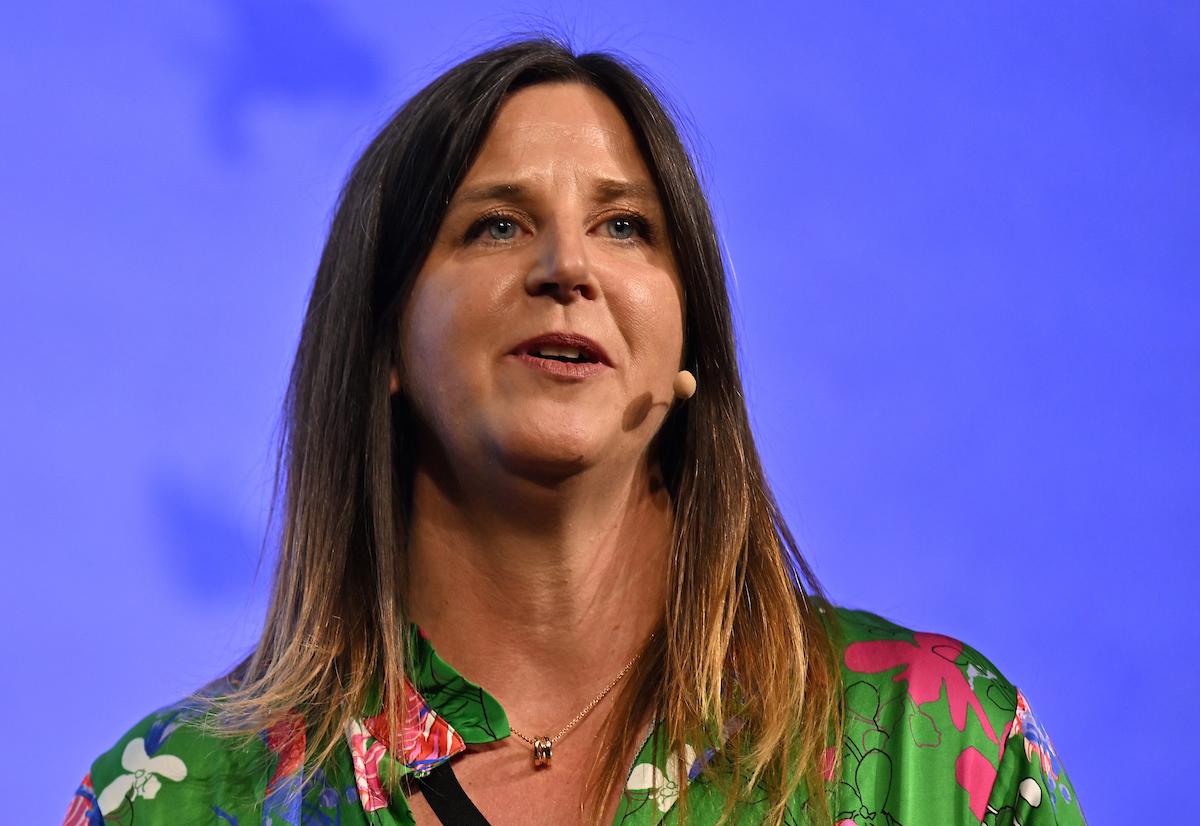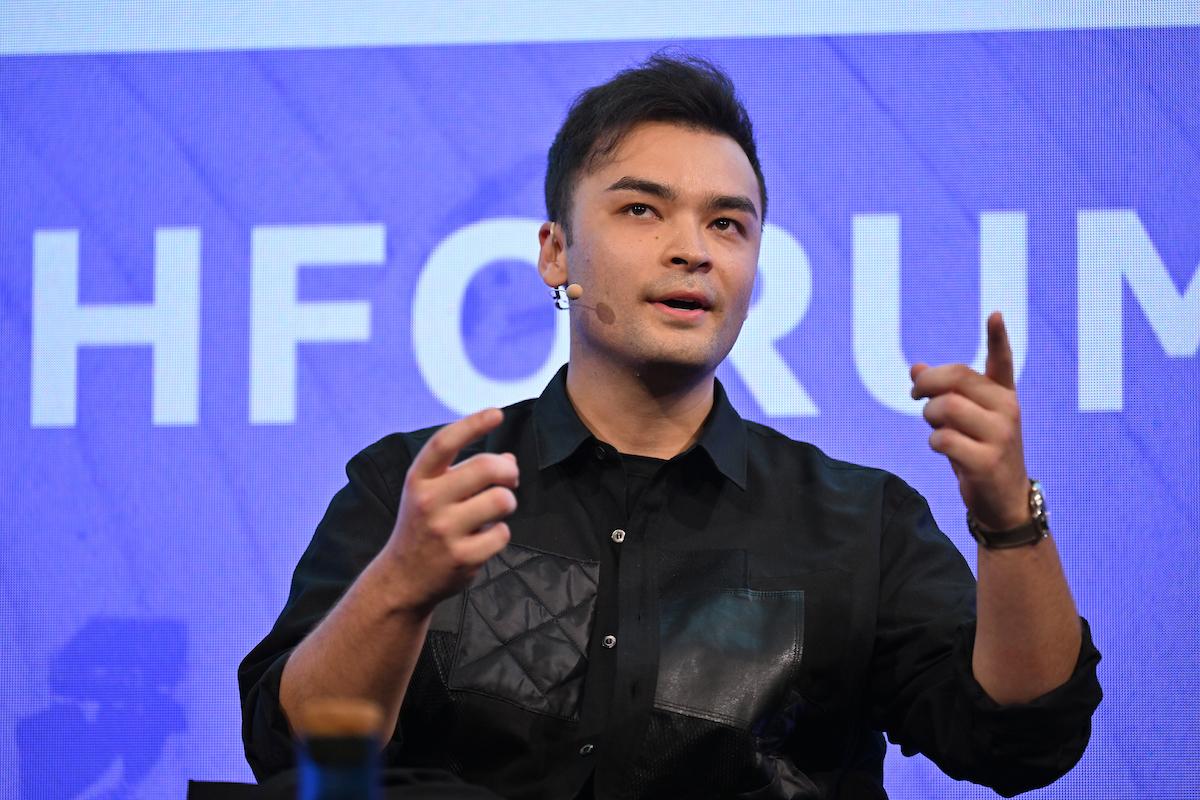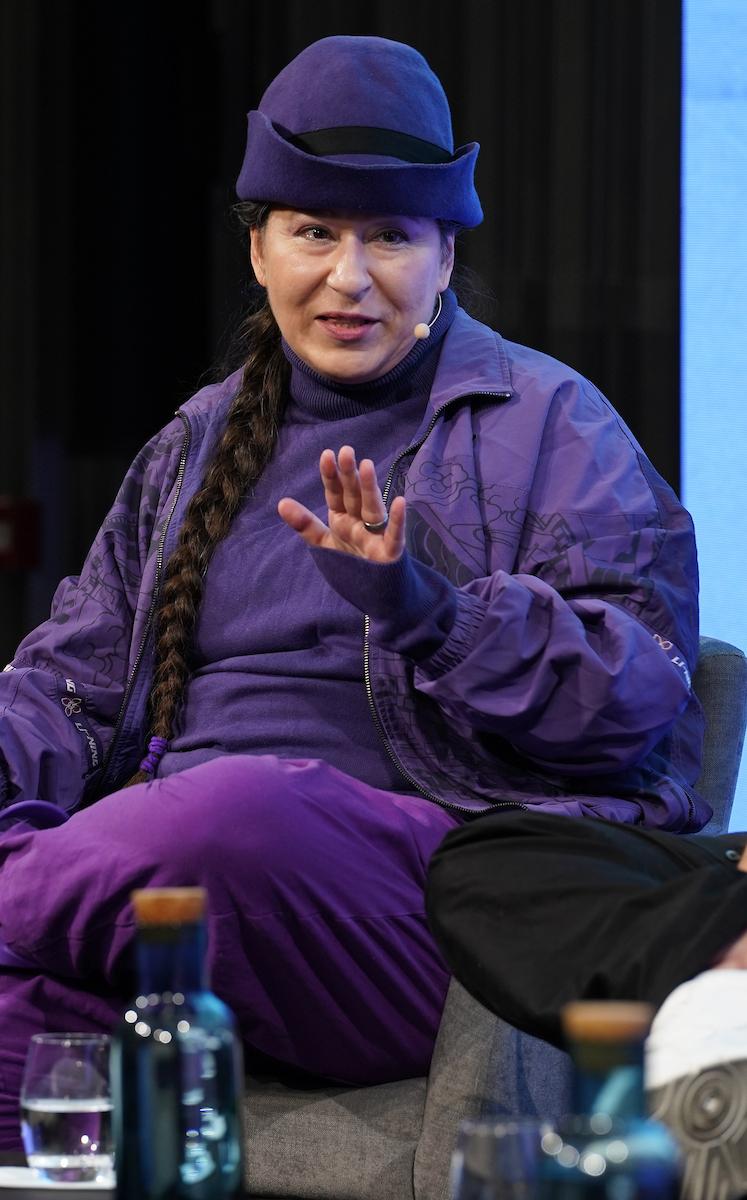- While online information is still important when first establishing contact, there is no substitute for a personal connection, which brands intend to prioritise in their customer experience.
- Commitment to sustainable development is no longer solely a response to pressure from the clientele but is now a key part of company strategy.
- Innovation is still an essential part of the watchmaking industry, which is now examining the potential of generative artificial intelligence to create content for corporate communication.
- Interest in second-hand watches has not waned and has even shifted to a higher price range, which could contribute to sustaining market growth.
- Sales on social media are becoming an attractive option due to ease of payment, the chance to receive personalised recommendations and the product’s immediate availability.
- India is emerging as the watch market of the future. Within the next decade, the country is expected to join the ranks of the Swiss watch industry’s top ten export markets.
DELOITTE X FHH. DELOITTE X FHH. DELOITTE X FHH. DELOITTE X FHH. DELOITTE X FHH
DELOITTE X FHH. DELOITTE X FHH. DELOITTE X FHH. DELOITTE X FHH
The watch customer: expectations and aspirations
by FHH Editorial Team
Focusing on the customer perspective, the first panel was headed by Karine Szegedi, Deloitte Switzerland's Managing Partner for the Consumer, Fashion & Luxury industry, who first presented the main findings from Deloitte's “Swiss Watch Industry Study 2023” before revealing the answers to the FHH four additional questions asked specifically for the FHH Forum to the 6,000 participants of the study.
The Deloitte Swiss Watch Industry Study 2023
The Geopolitical Context
Following a brief presentation of the findings of the Deloitte Swiss Watch Industry Study 2023, Karine Szegedi opened the panel to discuss buying behaviours of watch consumers, starting with the question: are consumers influenced by the geopolitical context we are experiencing in late 2023? “I think that all watch brands are now hardened to this kind of uncertainty,” explained Guido Terreni, CEO of Parmigiani Fleurier. “The same is true of collectors, a category of customers who are rarely swayed by consumerist trends and who are mostly interested in the product’s value.” This phenomenon can also be observed in Chinese watch customers, according to Austin Chu, founder and CEO of Wristcheck: “Buying patterns changed somewhat during the Covid pandemic, a two-year period when China, including Hong Kong, was cut off from the rest of the world. Before, watch enthusiasts were mainly interested in getting the best price, but that is no longer always the case. As they were limited to the domestic market for two years, where conditions of sale are essentially the same everywhere, buyers started to take other criteria into account, such as customer experience.”
Online or Offline
For the past few years, “customer experience” has been at the heart of many debates. “From the consumers’ point of view, there are many reasons for them to go to boutiques, the first being the physical sensations they get from holding a watch,” explained Diana Derval, Chief Researcher at DervalResearch. “For some people, the ticking of a mechanical watch can be like hearing their own heartbeat. On a digital level, nothing can compete with these kinds of sensations. In fact, brands are fully aware of this because nowadays, the boutiques actually travel to the consumer.” But do brands really know their clients? What are they doing to build their loyalty? “The key thing, first and foremost, is to establish a connection,” continued Guido Terreni. “A connection based on values that are shared by the customer and the brand. That is why physical encounters, which mainly occur in boutiques or at trade fairs, are so important.” This view was fully supported by Austin Chu, whose online range of second-hand watches is generally of interest to customers after they have first visited the boutique in person. “Many of the watch enthusiasts who come to see us in person are young and are not necessarily aware of the watch market’s depth,” he added. “For us, it is the perfect opportunity to make contact and build a trusting relationship.” Is it really necessary to choose between online and offline experiences? “Absolutely not,” asserted Scott Wempe, partner and Co-Head of Business Development at Wempe. “The customer must be given a choice. In-person distribution channels are vitally important but, as well as having an impeccably trained sales force, an online presence is invaluable. But I think that everyone in the industry fully understands the benefits of a multichannel strategy.”
Sustainability
Do you think that a strong commitment to sustainable development is now likely to strengthen this all-important relationship between a brand and its customers? “By definition, the luxury industry is a sustainable one, though it must, of course, deal with issues surrounding the sustainability of its supply chain,” noted Diana Derval. “However, brands can really make a difference by focusing on exclusivity." This issue is key as, very soon, discussions about sustainability will hopefully become as important as those surrounding quality that emerged a few decades ago. Sustainability may well become a cornerstone of the industry, so entrenched in companies’ processes that it will no longer require discussion. Therefore, luxury brands have a strong hand to play when it comes to corporate culture and company values. “That’s when a brand’s storytelling takes on its full meaning,” concluded Scott Wempe. “The aim is to show people that the luxury industry is attuned to the beauty of the world and creates products that have real meaning, which contain and convey emotion.”





